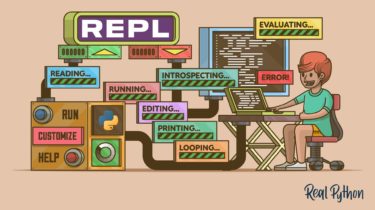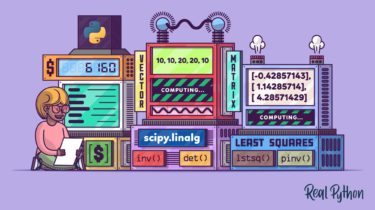Using the Terminal on Linux
The terminal can be intimidating to work with when you’re used to working with graphical user interfaces. However, it’s an important tool that you need to get used to in your journey as a Python developer. Even though you can substitute some workflows in the terminal with apps that contain a graphical user interface (GUI), you may need to open the terminal at some point in your life as a Python developer. In this Code Conversation, you’ll follow a chat […]
Read more


